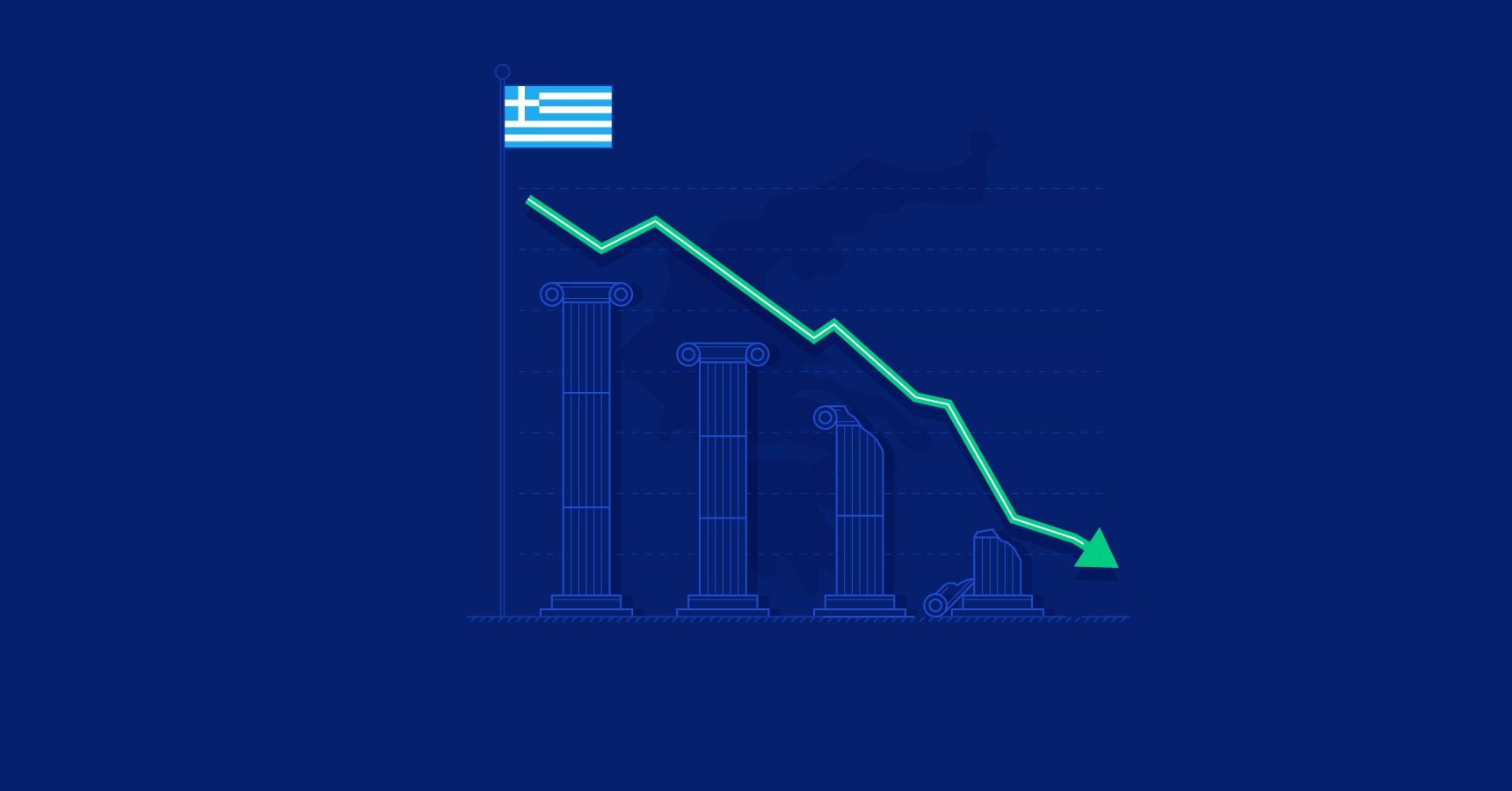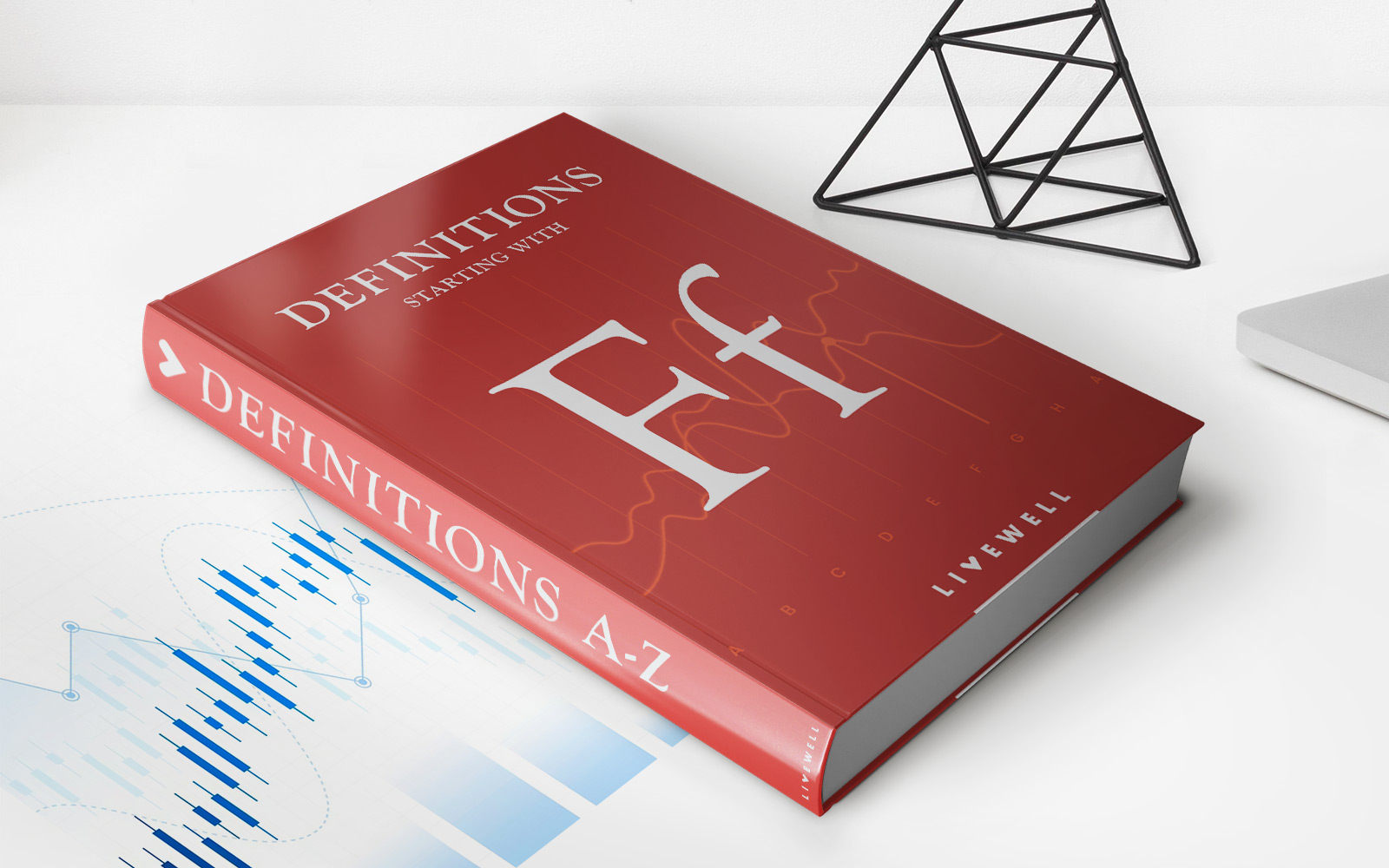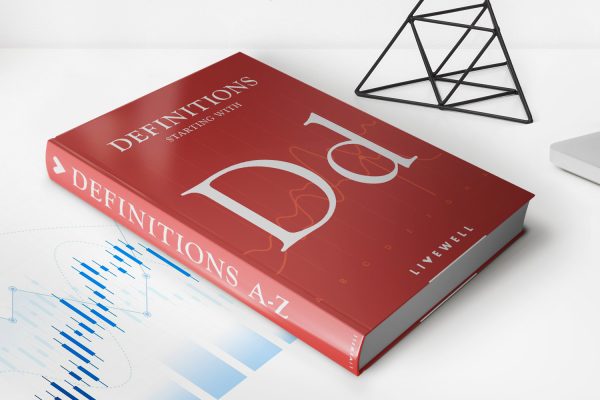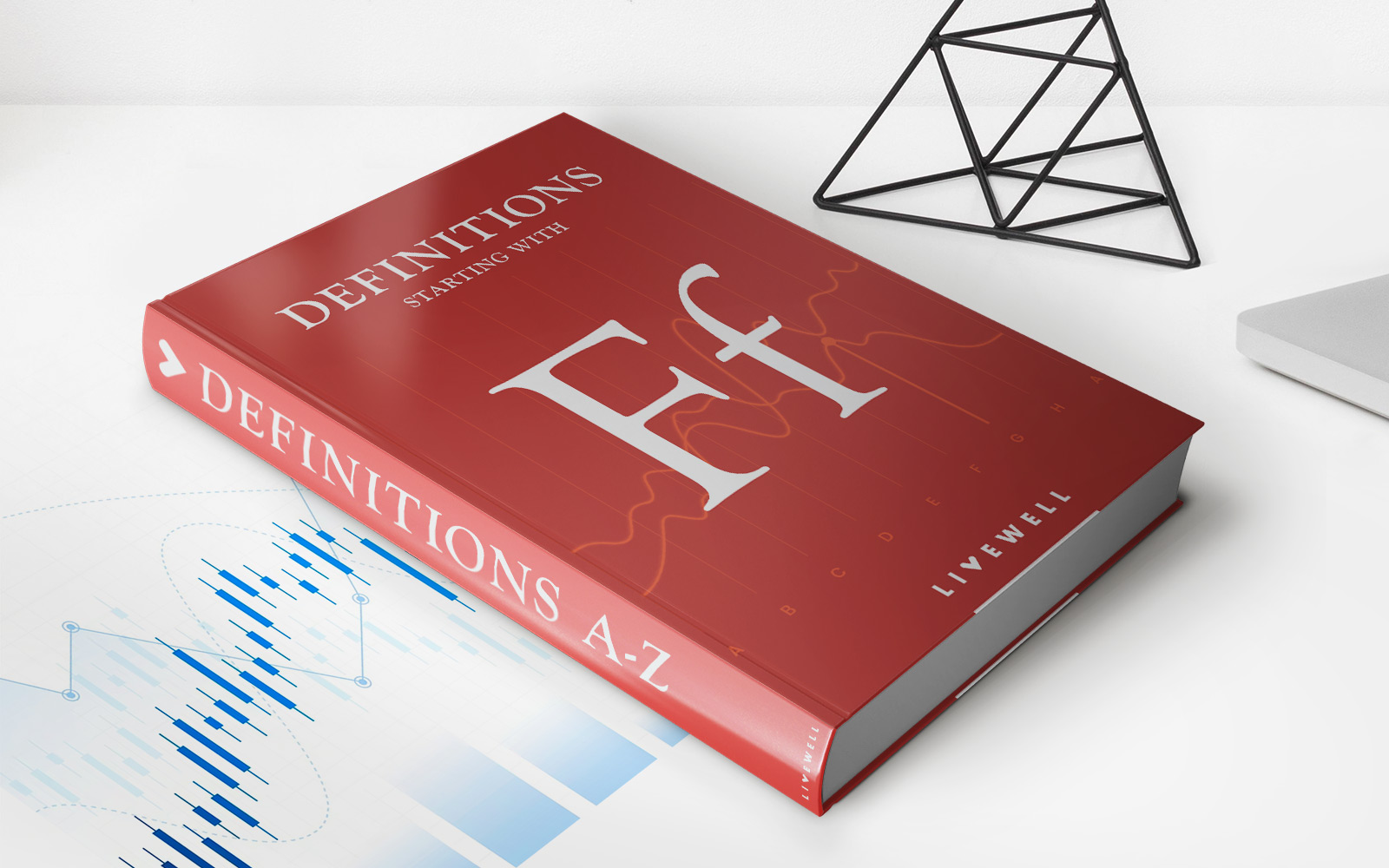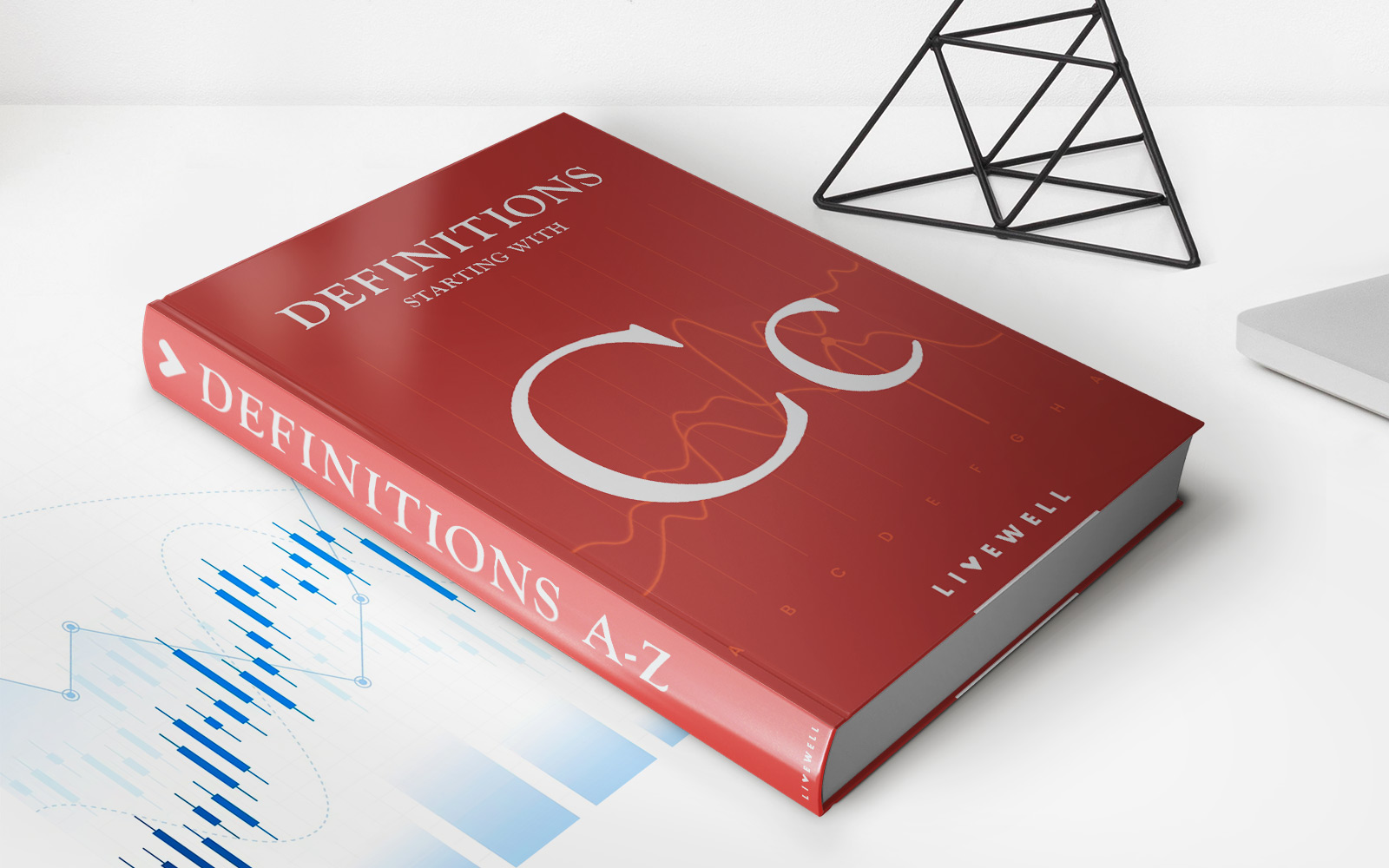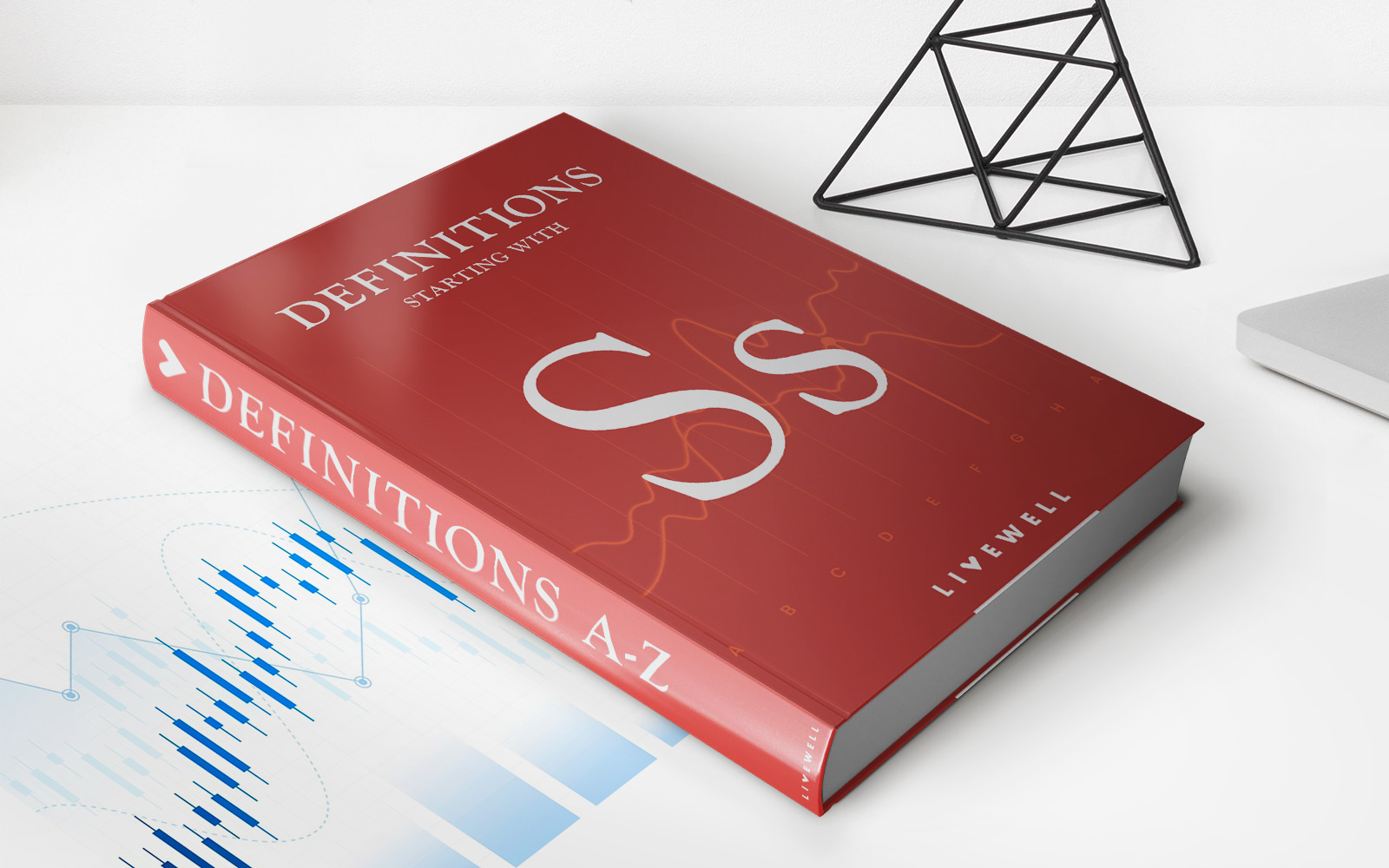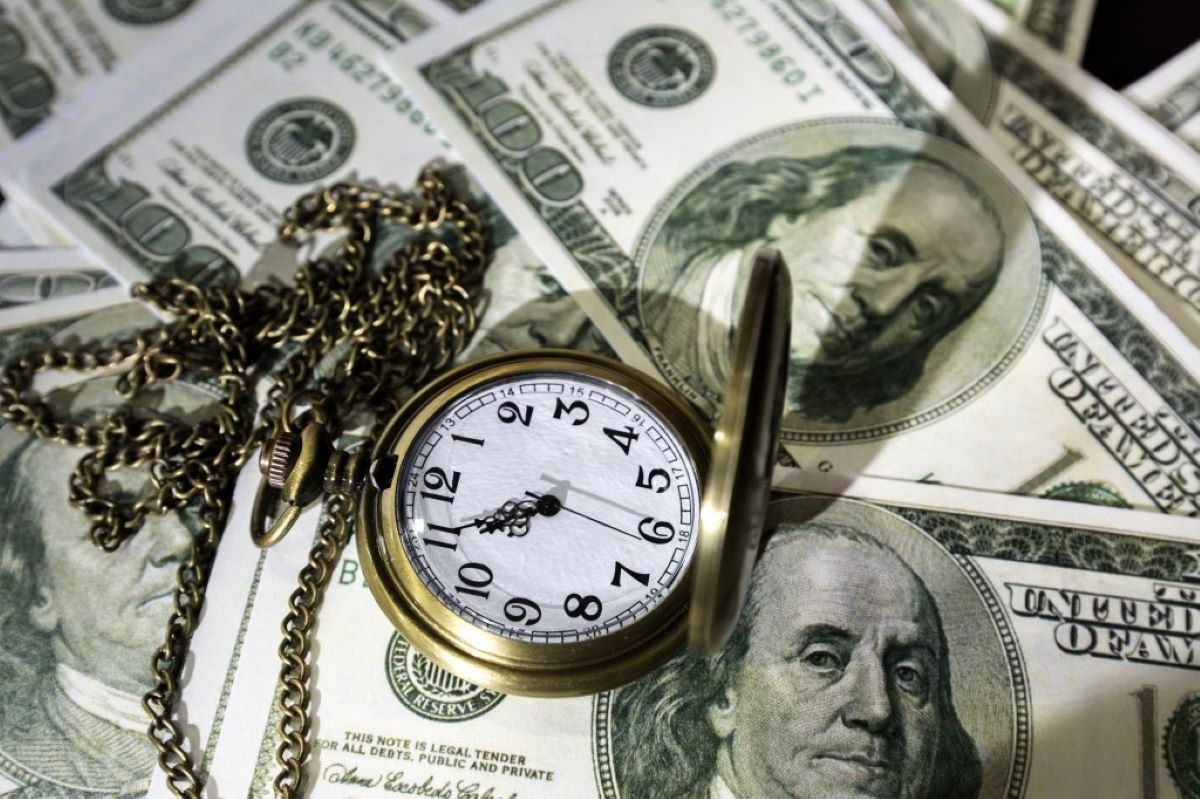Home>Finance>Currency Swaps: Definition, How And Why They’re Done
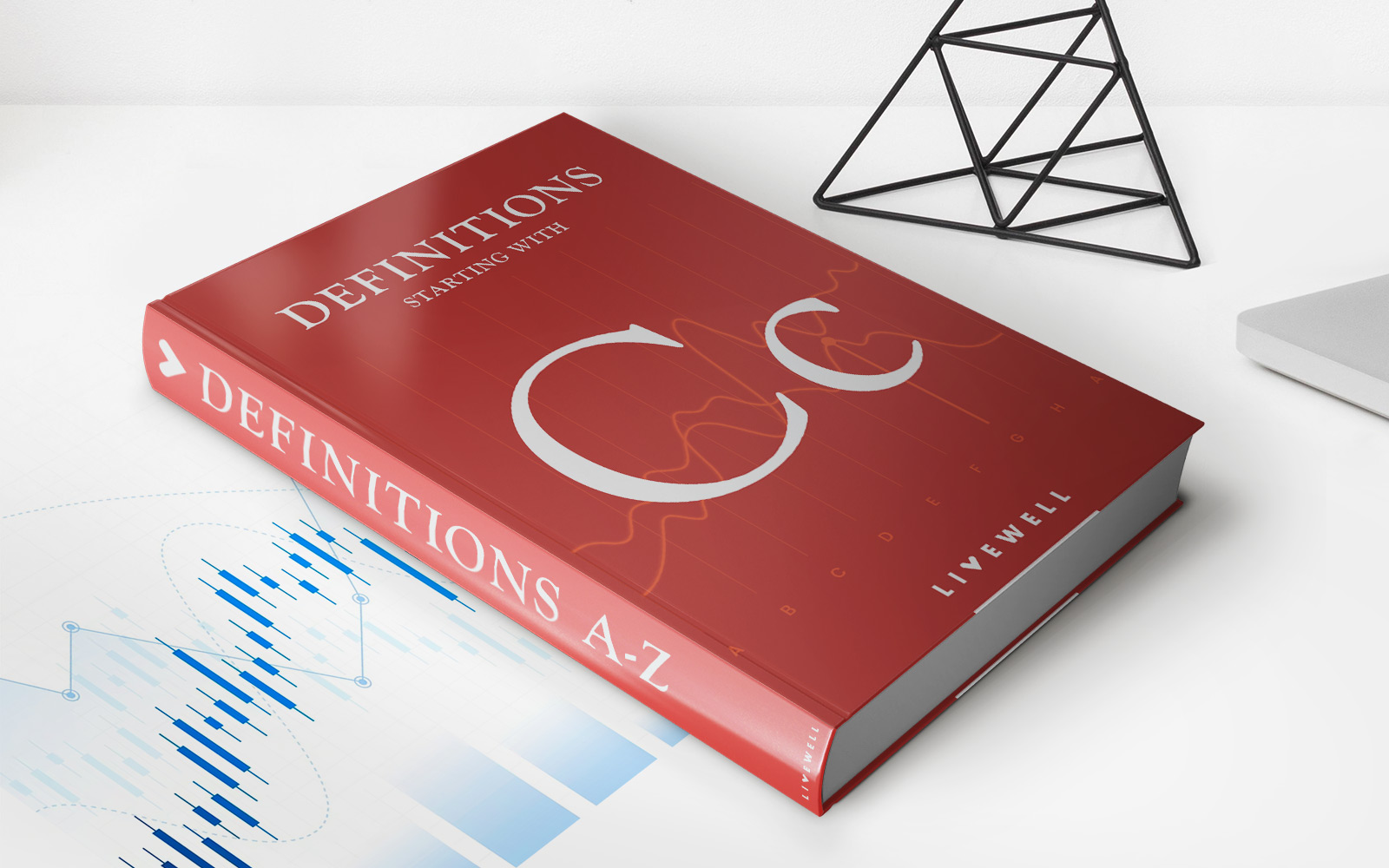

Finance
Currency Swaps: Definition, How And Why They’re Done
Published: November 6, 2023
Learn about currency swaps, their definition, how they are done, and why they are essential in finance. Discover how currency swaps can benefit your business today.
(Many of the links in this article redirect to a specific reviewed product. Your purchase of these products through affiliate links helps to generate commission for LiveWell, at no extra cost. Learn more)
Currency Swaps: Definition, How and Why They’re Done
Welcome to the Finance category of our blog where we dive into the world of money, investments, and all things related to managing your financial resources. Today, we will be unraveling the fascinating concept of currency swaps: what they are, how they work, and why they are done. If you’ve ever wondered about the intricacies of currency swaps, you’ve come to the right place.
Key Takeaways:
- Currency swaps are financial agreements between two parties to exchange a specified amount of one currency for another at an agreed-upon rate for a specific period of time.
- These swaps are utilized by various entities, including multinational corporations, institutional investors, and central banks, to manage currency risk, facilitate cross-border transactions, and achieve cost-efficiencies.
Now, let’s delve deeper into the world of currency swaps. At its core, a currency swap is a derivative instrument that allows two parties to exchange a specified amount of one currency for another, based on an agreed-upon exchange rate. This exchange occurs at the beginning and end of the swap, with periodic payments made in between.
Here’s a step-by-step breakdown of how a currency swap typically works:
- Agreement: Two parties agree to enter into a currency swap contract, outlining the terms and conditions, including the currencies involved, the notional amount (the amount of currency being exchanged), the exchange rate, and the swap duration.
- Exchange of Principal: At the start of the swap, the two parties exchange the notional amounts of the currencies at the agreed-upon exchange rate.
- Periodic Payments: Throughout the duration of the swap, the parties make periodic interest payments on the swapped principal amounts. These payments are based on prevailing interest rates in each respective currency.
- Re-exchange of Principal: At the end of the swap, the parties re-exchange the notional amounts of the currencies, at the original exchange rate agreed upon.
So why are currency swaps done in the first place? There are several reasons why entities engage in these financial agreements, including:
- Risk Management: Currency swaps allow businesses and investors to hedge against currency fluctuations. By entering into a swap, they can mitigate the risk of exchange rate changes, protecting their investments and ensuring more predictable cash flows.
- Facilitating International Transactions: Currency swaps enable companies operating in different countries to exchange currencies, thus eliminating the need for multiple foreign exchange transactions. This simplifies cross-border transactions and reduces costs.
- Access to Better Financing: Currency swaps can also provide entities with access to lower interest rates or more favorable financing terms in foreign markets. This can be particularly beneficial for those looking to fund international projects or expansions.
In conclusion, currency swaps are versatile financial instruments that play a crucial role in managing currency risk and facilitating international transactions. Whether you are an investor, a multinational corporation, or simply curious about the world of finance, understanding currency swaps can provide valuable insights into the global economy.
We hope this article has shed some light on currency swaps, giving you a deeper understanding of their definition, how they work, and why they are done. Stay tuned for more finance-related content as we continue to explore different aspects of the financial world.

